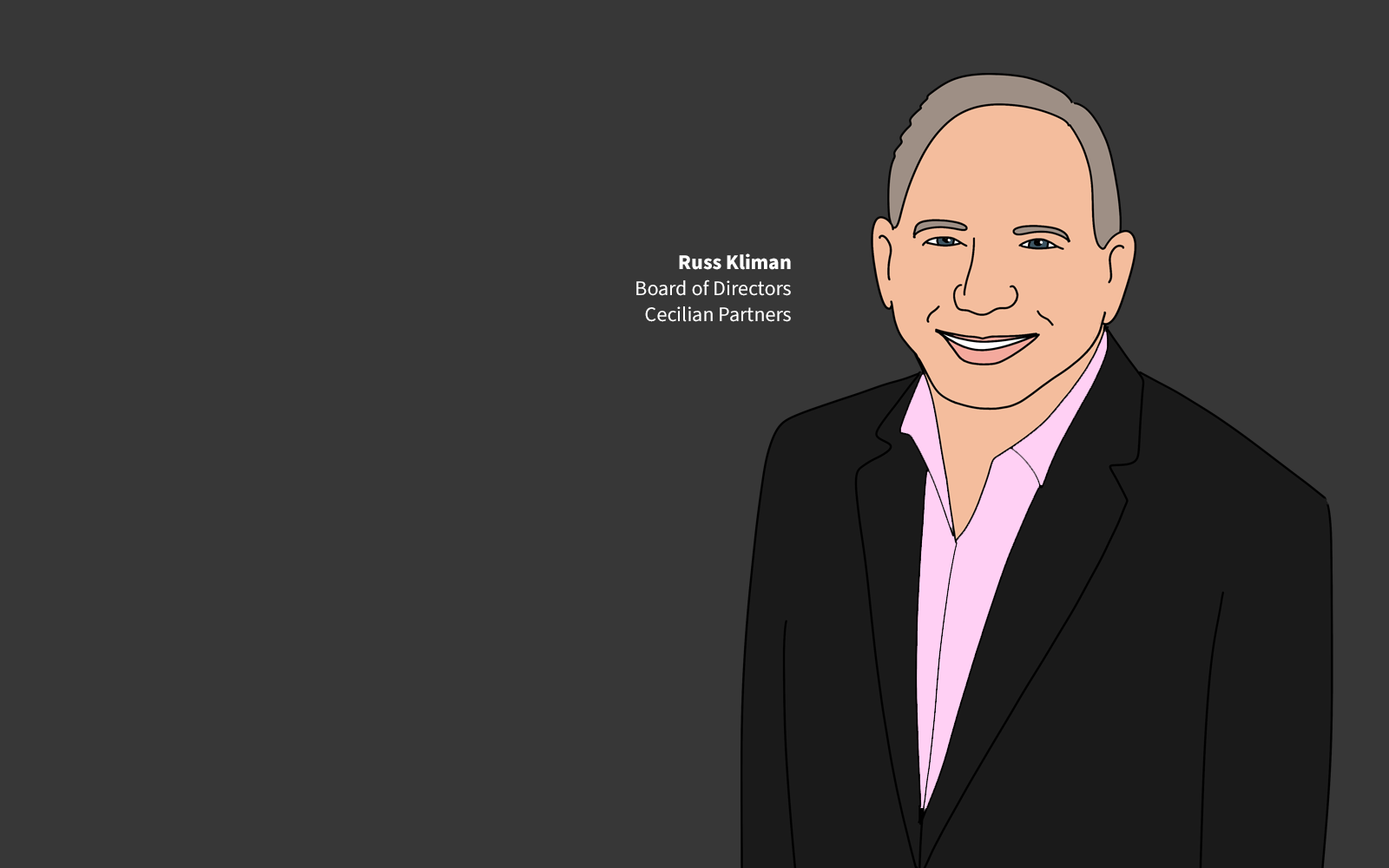Technology
The Seven Stages of AI Readiness in Homebuilding
From Hype to Impact – AI is more than a buzzword—it’s a strategic necessity in today’s land-light, asset-light homebuilding environment. This analysis lays out a seven-stage framework for builders to apply AI where it actually moves the needle on efficiency, cost, and capital strategy.

Homebuilding strategists face a starkly different economic and competitive reality. "This time is different" is always a dicey claim, more a function of the blinders and tone-deafness of the one who swears it's true than reality itself bears out.
Still, this time is different.
The affordability abyss has deepened, pricing ever greater numbers of working households out of new-home purchases. Higher-for-longer interest rates and borrowing costs have made capital more expensive not just for homebuyers, but for the builders themselves. The home insurance crisis—driven by climate-related disruptions—has become a new existential threat, leaving many households unable to secure coverage or forced to pay unsustainable premiums. At the same time, homebuilders face a growing mismatch between labor supply and housing demand, as skilled workers remain in short supply while project timelines stretch longer due to workforce gaps.
In response to these mounting pressures, a major operational shift is underway. Homebuilders are restructuring their business models to become ‘land-light’ and ‘asset-light,’ shedding long-held real estate risk in favor of capital efficiency, streamlined balance sheets, and faster inventory turns. The logic is straightforward: owning less land reduces exposure to entitlement delays, interest-rate volatility, and speculative carrying costs.
But this shift comes with one non-negotiable requirement: precision.
For asset-light models to work, home marketing and sales, construction operations, and land acquisition must function in synchronized lockstep — each feeding and reinforcing the other, without costly lags or inefficiencies. The entire enterprise, from lot takedown schedules to community sales velocity to build-cycle performance, must operate at a level of orchestration most builders have never before attempted.
In this environment, homebuilders don’t just need AI — they need it to work.
We’re seeing homebuilders pivot to asset-light, land-light business models, but that transition is meaningless without the right operational framework," says Russ Kliman, a board member at Cecilian Partners, founder & CEO of FutureCrafted, and Head of Innovation & Technology Strategy at AIM Institute for Learning & Research. "Without data integration, without a clear AI adoption roadmap, these shifts won’t deliver their intended efficiencies or cost savings."
AI has the potential to unlock efficiencies, de-risk decisions, and optimize capital deployment. But without a disciplined, step-by-step approach, AI adoption can backfire, which happens in homebuilding – especially when it's about The Next Big Thing. A system fail like that would create more fragmentation, inefficiencies, and operational silos rather than solving them. Kliman – a keynote speaker at The Innovative 50, an exclusive gathering in May of the most forward-thinking leaders in our industry – warns against what he calls the ‘failure of imagination’ — when leadership teams lack the firsthand experience with AI to recognize its potential or when they buy into the hype without a clear business case.
Instead, he offers a seven-stage AI readiness framework, a roadmap for builders to integrate AI in a way that delivers real business value—without falling into the common traps of overhype and misapplication.
Seven Stages of AI Readiness in Homebuilding
Understand Your Value Chain Before You Apply AI
Before investing in AI tools, homebuilders must map out their value chain—from land acquisition to design, procurement, and construction—and identify where inefficiencies exist.
AI is a force multiplier, but if your operational foundation is broken, AI is just going to make things worse," Kliman warns. "If you have disconnected data, outdated workflows, or siloed decision-making, AI won’t fix those problems. It will just amplify inefficiencies."
The best AI strategies start with a brutally honest assessment of operational friction points, such as zoning approvals and supply chain bottlenecks.
Avoid AI for AI’s Sake — Start With Clear Business Goals
Many builders feel pressured to "adopt AI" simply because investors, competitors, or industry partners are talking about it.
That’s how bad investments happen," says Jessica Kerrigan, VP of Strategic Marketing at Cecilian Partners. "We’re seeing builders adopt AI solutions without even knowing what problem they’re solving."
A smarter approach: define the business problem first, then find the right AI tool. AI should be applied where it can reduce friction, optimize workflows, or enhance decision-making—not just because it’s trending.
Start Small — Target High Human Capital Tasks
AI adoption shouldn’t start with an enterprise-wide overhaul. Instead, homebuilders should identify high-labor, brute-force tasks that AI can streamline.
Site selection, feasibility analysis, zoning review—these are all areas where AI can eliminate hours of manual work," says Kliman. "If your team is spending days reviewing documents, AI can help you start at 70% instead of zero."
By focusing on small, low-risk use cases, homebuilders can test AI’s impact, build internal confidence, and avoid massive upfront investments.
Bridge the ‘Failure of Imagination’— Make AI Tangible
AI adoption often fails because leaders can’t visualize its real-world applications. Employees don’t use AI in their personal workflows, so they struggle to imagine its potential at scale.
Unless your teams experience AI for themselves, they won’t understand its capabilities," Kliman explains. "That’s why I tell companies—get AI into the hands of your finance teams, procurement managers, land acquisition teams. Let them use it in their daily work, and the ideas will start to flow."
Build An Enterprise Data Model — AI Needs Clean Data
AI is only as good as the data it is trained on. However, most homebuilders’ data is messy, fragmented, and spread across disconnected systems.
The phrase ‘garbage in, garbage out’ has always been true, and it will always be true," Kerrigan says. "Before a builder even thinks about AI, they need to get their data structured, accurate, and integrated."
New roles like Chief Data Officers (CDOs) are emerging in companies to clean, organize, and prepare data for AI applications. Without this groundwork, AI investments will fail to deliver real value.
Rethink Workflows, Not Just Technology
Adopting AI without restructuring business processes is a recipe for failure. AI can’t fix outdated workflows—it just makes inefficient processes faster and more expensive.
If your internal teams operate in silos, if your procurement team works in one system while your construction team works in another, AI won’t help you," Kliman warns. "You have to rethink how your business operates before you can layer AI on top of it."
This means breaking down organizational barriers, redesigning workflows, and ensuring that AI solutions integrate seamlessly across departments.
Evaluate AI Vendors With a Critical Eye
Not all AI is created equal, and homebuilders need to scrutinize vendors’ claims carefully.
Every software provider is slapping ‘AI-enabled’ on their product, but that means nothing unless you ask the right questions," Kliman says.
Key questions to ask:
- How is your AI model trained? (Is it based on industry-specific data?)
- Will my data be used to train other companies’ models?
- What’s the accuracy and confidence level of your predictive analytics?
- How do you handle AI hallucinations and incorrect outputs?
- What are your data security, privacy, and compliance policies?
If a vendor can’t provide clear, specific answers, they probably don’t have a real AI solution.
From Fear and Hype to Competitive Advantage
For homebuilders, AI adoption is no longer optional — it’s a competitive necessity. But the companies that succeed will be the ones that take a disciplined, step-by-step approach.
Kliman outlines a three-phase adoption model:
- Crawl – Start with manual, labor-intensive tasks like zoning reviews and feasibility analysis.
- Walk – Move into structured data applications like predictive analytics for supply chain and materials forecasting.
- Run – Integrate AI across the enterprise, optimizing end-to-end decision-making from land acquisition to homebuyer experience.
AI should never be a blind leap," says Kliman. "It’s about de-risking decisions, creating efficiencies, and scaling smarter. If homebuilders take the right steps, AI can be a game-changer. If they rush in blindly, they’re setting themselves up for failure."
The AI conversation in homebuilding isn’t about whether to adopt AI. It’s about how to do it the right way. Kliman’s seven-stage framework provides a clear roadmap for homebuilders to leverage AI as a real strategic asset—without falling for empty promises.
Community development simplified. We transform the home buying experience with game-changing proptech for builders and developers.
MORE IN Technology
Lennar Taps Into Geothermal To Power New Colorado Homes
A major homebuilder's bet on geothermal heating and cooling for over 1,500 new Colorado homes could pave the way for mainstream adoption as buyers increasingly seek sustainable, energy-saving features.
AI Crushes Missing-Middle Time And Cost Curves Toward Affordability
Developing multifamily rental and for-sale properties takes time — sometimes years -- depending on a labyrinth of zoning rules and the whims of local jurisdictions.
Brandon Elliott’s Next Big Thing: An Uber-Style Building Trades Platform
After selling Elliott Homes to Meritage, the Gulfport, Miss.-based entrepreneur sets his sights on transforming trades with a logistics-tech startup that aims to make construction faster, smarter, and more affordable—starting with siding.


